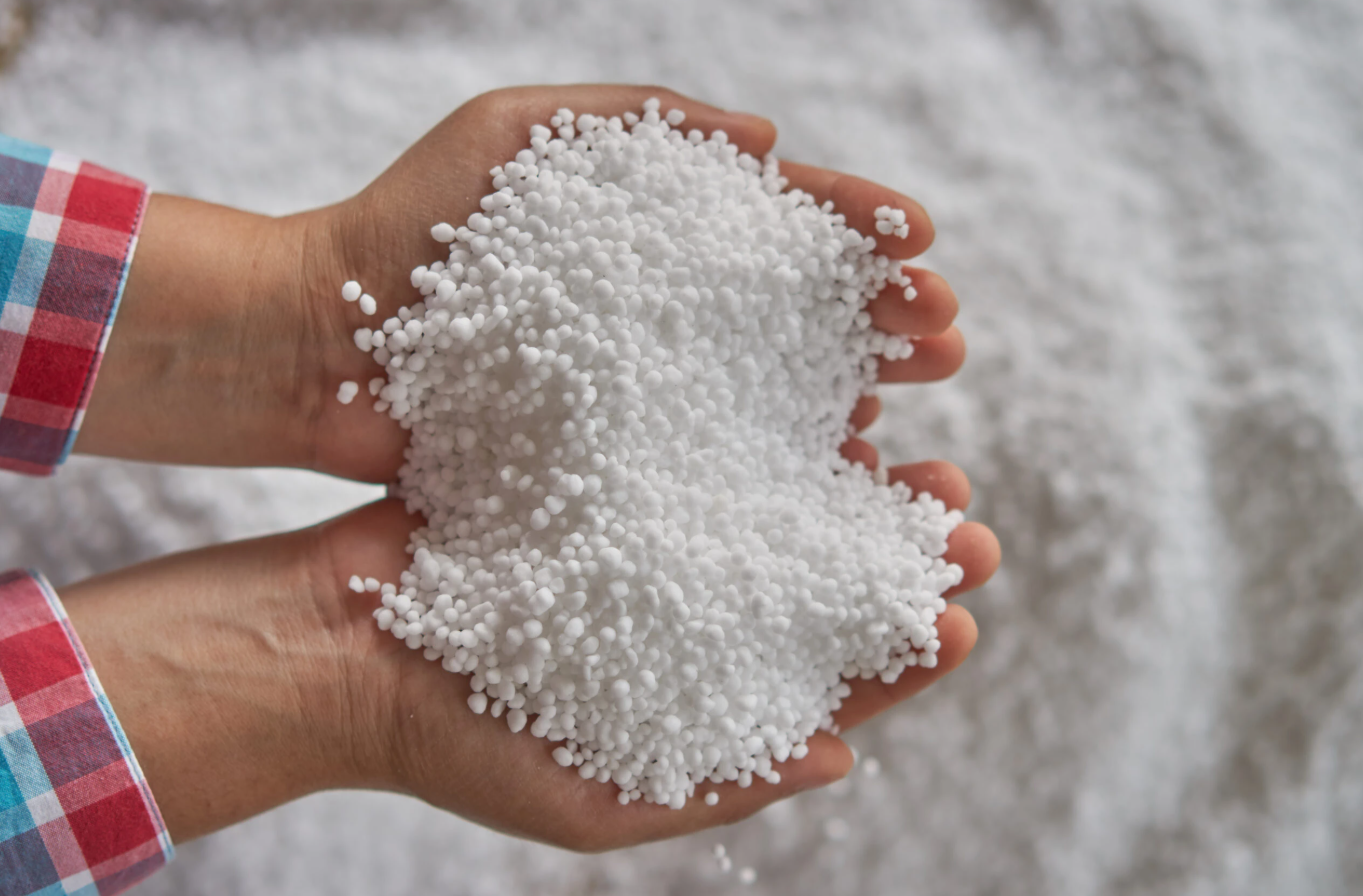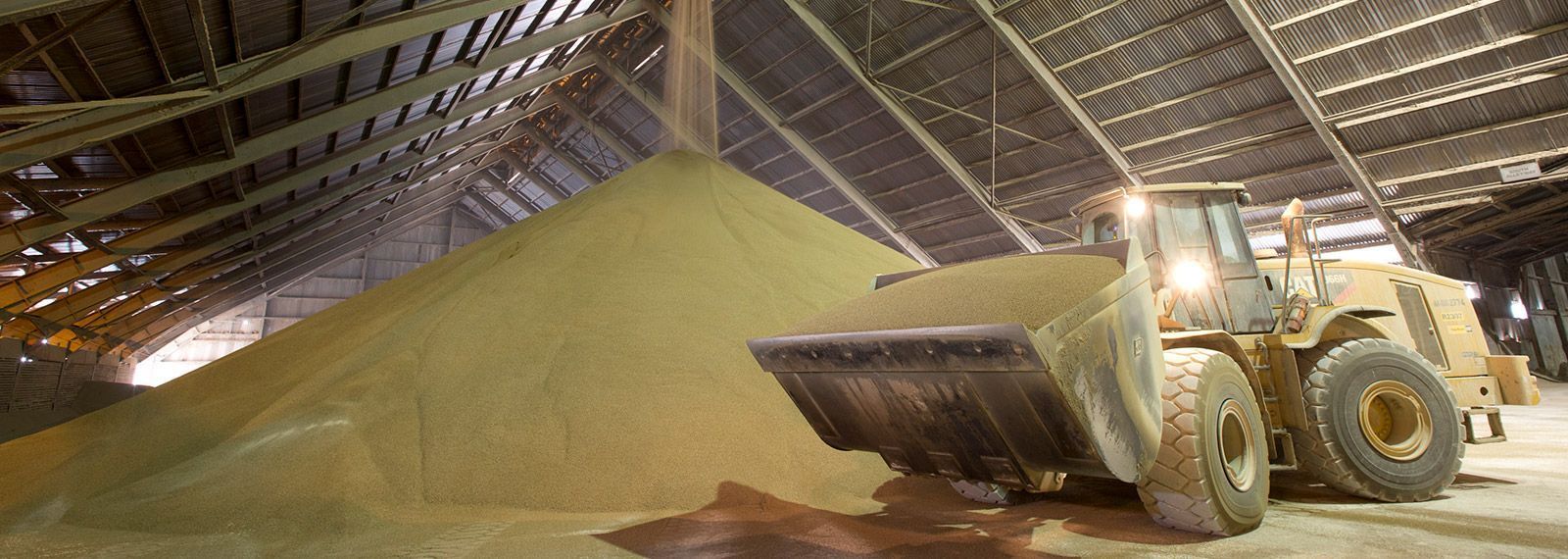What Is Phosphoric Acid? 5 Everyday Uses You Didn’t Know
Chances are, you used phosphoric acid today — and didn’t even know it.
Phosphoric acid is a colorless, odorless and non-volatile mineral acid commonly used in industrial processes, food production and household products. While it may sound like something reserved for laboratories or factories, this versatile compound plays a surprisingly quiet role in everyday life.
In a world increasingly focused on transparency and health, more and more people are becoming curious about the chemicals behind the products they use daily, from what’s in their favorite beverages to the ingredients that make cleaning agents effective. Phosphoric acid is one such ingredient: widely used, yet often overlooked.
In this post, we’ll explain phosphoric acid and highlight five unexpected ways it appears in your daily routine. From soft drinks to skincare, from rust removal to dental care, its uses may surprise you.
Whether you're a curious consumer, a student, or simply someone who enjoys learning what makes the modern world tick, this article will help you see phosphoric acid in a whole new light.
What Is Phosphoric Acid?
Phosphoric acid (chemical formula: H₃PO₄) is an inorganic mineral acid widely used across various industries due to its versatility, stability and safety when handled properly. Though the name might sound intimidating, phosphoric acid is a common ingredient in products you probably use every day, especially in food, cleaning agents and agricultural products.
Chemical Background
Phosphoric acid has the molecular formula H₃PO₄, meaning it contains three hydrogen atoms, one phosphorus atom and four oxygen atoms. In its pure form, it appears as a crystalline solid, but it's most commonly encountered as a clear, colorless, and slightly syrupy liquid when dissolved in water. It has a mildly acidic taste and is non-volatile and odorless, making it suitable for use in food and beverage applications.
There are two primary ways phosphoric acid is produced: naturally and synthetically. In nature, it can be found in phosphate rocks, from which it is extracted and purified. Industrially, it is often manufactured through the reaction of sulfuric acid with phosphate rock (wet process) or by burning phosphorus to form phosphorus pentoxide and then reacting it with water (thermal process). The method of production usually depends on the desired purity and application.
Where It’s Commonly Found
Phosphoric acid plays a key role in food and beverage production, where it’s used to add tanginess to soft drinks and acts as a preservative. In the agriculture industry, it's a building block for phosphate-based fertilizers, essential for plant growth. You’ll also find it in cleaning products, particularly those designed to remove rust, scale and hard water stains, thanks to its ability to break down mineral deposits.
This humble acid is more present in your life than you might expect — and its many uses are just beginning to unfold.

Why Is Phosphoric Acid Used So Widely?
Phosphoric acid is one of the most widely used acids in industry and consumer products — and for good reason. Its popularity comes down to a combination of chemical versatility, affordability and proven safety in controlled applications.
As a weak acid, phosphoric acid is reactive enough to be effective in a range of processes, yet mild enough to be safe when used properly. It can adjust pH levels, break down rust and scale, preserve food, and contribute to essential nutrients in fertilizers — all without being overly corrosive or hazardous. This makes it an ideal choice for both industrial and everyday applications.
Another key advantage is cost-effectiveness. Phosphoric acid is relatively easy to produce, either from phosphate rock (via the wet process) or from elemental phosphorus (via the thermal process). Both methods are well-established and scalable, allowing manufacturers to produce them in large quantities at a reasonable cost.
Importantly, phosphoric acid has received regulatory approval for use in food, beverages and personal care products in many countries. When used in small, approved quantities, it is considered safe by health authorities like the FDA and EFSA. This safety profile, combined with its usefulness, explains why it shows up in so many surprising places.
5 Surprising Everyday Uses of Phosphoric Acid
Phosphoric acid might not be something you think about often, but it’s probably closer to your daily routine than you realize. Beyond its industrial importance, this mineral acid has found its way into kitchens, bathrooms, gardens and even your smile. Here are five surprising ways phosphoric acid plays a part in your everyday life.
1. In Your Favorite Soft Drinks
One of the most common — and surprising — places you’ll find phosphoric acid is in cola beverages like Coca-Cola and Pepsi. In this context, it acts as an acidulant, adding tanginess and balancing the sweetness of sugar or high-fructose corn syrup. It contributes to the signature "bite" that makes colas so recognizable and satisfying.
Beyond flavor, phosphoric acid also plays a role in preserving shelf life by creating an acidic environment that inhibits microbial growth. This helps keep soft drinks stable for longer periods, even when stored at room temperature.
While some
health concerns have been raised over frequent consumption — particularly regarding its potential effects on
bone health and tooth enamel — health authorities have deemed it safe in regulated amounts. Like all things, moderation is key.

2. As a Household Rust Remover
Have you ever used a rust remover on old tools or metal furniture? There’s a good chance it contained phosphoric acid. In household applications, phosphoric acid is prized for its ability to convert iron oxide (rust) into a water-soluble compound that can be scrubbed or rinsed away easily.
It’s found in many commercial rust removers like Naval Jelly, as well as in some DIY rust removal formulas. When applied to corroded surfaces, it reacts with rust to form iron phosphate — a black, protective coating that helps prevent further oxidation.
If using phosphoric acid at home, it’s important to wear gloves and work in a well-ventilated area. Though mild compared to stronger acids, it can still irritate skin and eyes if not handled carefully.
3. Dental Care Products
Phosphoric acid also plays a behind-the-scenes role in dental care, particularly in teeth whitening and professional dental treatments. In dentistry, it's used in etching solutions, which prepare the tooth surface by roughening the enamel — allowing fillings, veneers and whitening agents to adhere better.
Additionally, some plaque-removing toothpastes and mouth rinses contain phosphoric acid in small amounts to help break down deposits and improve oral hygiene. Its mild acidity makes it suitable for this kind of use, though always under controlled concentrations.
For the average person, phosphoric acid in dental products helps contribute to a cleaner, whiter smile — especially when administered by professionals.
4. Fertilizer Production
Perhaps one of its most critical roles is in fertilizer manufacturing. Phosphoric acid is a primary source of phosphorus, an essential nutrient for plant growth. It’s commonly used to create NPK (nitrogen-phosphorus-potassium) fertilizers that are vital to modern agriculture.
Farmers rely on these fertilizers to boost crop yields, enrich soil, and support sustainable food production. Without phosphorus — delivered in part via phosphoric acid — plants wouldn’t develop strong roots, fruits or seeds.
Given its contribution to the global food supply chain, phosphoric acid plays a much larger role than most people realize — quite literally helping feed the world.
5. Detergents and Industrial Cleaners
In both household and industrial settings, phosphoric acid is used in heavy-duty cleaners and degreasers, especially for removing limescale, rust and mineral deposits. Its ability to dissolve calcium and iron build-up makes it effective in plumbing maintenance, HVAC systems and dishwashing detergents.
While consumers may not always see phosphoric acid on labels, it’s commonly used in commercial and institutional cleaning products — such as those used in restaurants, hospitals or manufacturing plants. It ensures surfaces are kept sanitary, pipes stay unclogged, and machinery operates efficiently.
Even if you’re not using industrial cleaners directly, you may encounter the effects of phosphoric acid when enjoying clean water, a shiny sink, or a spot-free glass.
From your soda can to your garden soil, phosphoric acid has become a quiet staple of modern life. Its wide range of uses — and its ability to work safely and effectively in so many contexts — makes it one of the most versatile and valuable chemicals you probably never knew you were using.
Is Phosphoric Acid Safe to Use?
Yes, phosphoric acid is generally safe to use — when handled properly and consumed within regulated limits. In food and beverages, it is added in small amounts and is approved by major health authorities, including the U.S. Food and Drug Administration (FDA) and the European Food Safety Authority (EFSA). These agencies classify it as “generally recognized as safe” (GRAS) when used as a food additive. The concentrations found in soft drinks, processed foods, and dental products are low and pose no significant health risk for most people when consumed in moderation.
In cleaning products, phosphoric acid is also approved for use by regulatory bodies like the Environmental Protection Agency (EPA). While effective at removing rust and scale, it is a mild acid, and exposure in household applications is typically low. That said, it should always be used with basic safety precautions.
Consumers should wear gloves and eye protection when using products containing phosphoric acid, especially in concentrated forms. Always follow label instructions and avoid mixing it with other chemicals, especially ammonia or bleach, to prevent dangerous reactions.
When used responsibly, phosphoric acid is a safe and effective component in many everyday products — from what you drink to how you clean.
Final Thoughts: Why You Should Know What’s in Your Products
In a world where we interact with dozens of products every day — from food and drinks to cleaners and cosmetics — knowing what’s inside them matters. Transparency in ingredients isn’t just about safety; it’s about making informed choices and understanding how chemistry supports modern life.
Phosphoric acid is a great example of a versatile, widely used substance that quietly plays a role in everything from agriculture and manufacturing to dental care and soft drinks. While it may sound like a harsh chemical, it’s often used in safe, regulated amounts that serve important functions.
By reading labels and staying curious, consumers can better appreciate how everyday chemistry shapes their lives. Whether you're choosing a soda, a fertilizer, or a cleaner, understanding ingredients like phosphoric acid helps you make smarter, more confident decisions.
Looking for high-quality phosphoric acid solutions?
Explore DECACHEM’s premium product range, trusted across food, feed and industrial applications.
FAQs About Phosphoric Acid
What is phosphoric acid used for in Coke?
In Coca-Cola and similar soft drinks, phosphoric acid is used as an acidulant — a substance that adds tartness and balances sweetness. It gives colas their signature sharp taste and helps preserve the beverage by lowering its pH, which prevents microbial growth. It also contributes to the dark color and enhances the overall flavor profile.
Is phosphoric acid harmful to humans?
Phosphoric acid is safe in small, regulated amounts, such as those found in food and beverages. Health authorities like the FDA and EFSA have approved its use in consumer products. However, excessive consumption — especially through sugary sodas — may contribute to tooth enamel erosion or bone health concerns. In concentrated forms, such as in cleaners, it should be handled carefully to avoid skin or eye irritation.
Can you use phosphoric acid to clean rust?
Yes, phosphoric acid is a common and effective rust remover. It works by converting rust (iron oxide) into a water-soluble compound called iron phosphate, which can be easily wiped away. It’s found in many commercial rust removers and can also be used in DIY rust treatment solutions.
Is phosphoric acid natural or synthetic?
Phosphoric acid can be both natural and synthetic. It occurs naturally in phosphate rocks but is typically produced industrially through chemical processes to ensure purity and consistency.
How is phosphoric acid made?
Phosphoric acid is primarily made in two ways: the wet process, which involves reacting sulfuric acid with phosphate rock and the thermal process, where phosphorus is burned and reacted with water. The thermal method produces higher-purity acid, often used in food and pharmaceutical applications.
















